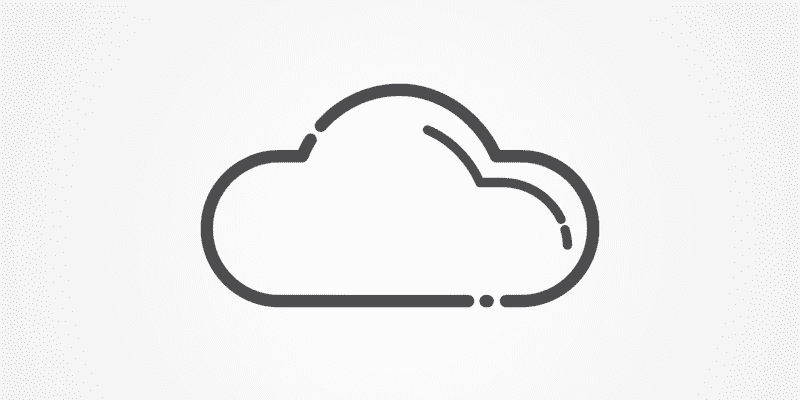The 3 Major Players in Cloud Infrastructure and Platform Services, 2020


These three providers have recently been named major players in Cloud Infrastructure and Platform Services by analyst house Gartner, Inc.
Gartner defines cloud infrastructure and platform services (CIPS) as: “standardized, highly automated offerings, in which infrastructure resources (e.g., compute, networking and storage) are complemented by integrated platform services. These include managed application, database and functions as-a-service offerings. The resources are scalable and elastic in near-real time and are metered by use. Self-service interfaces are exposed directly to the customer, including a web-based user interface (UI) and an API. The resources may be single-tenant or multitenant, and can be hosted by a service provider or on-premises in the customer’s data center.”
The following providers have recently been named leaders in the Gartner Magic Quadrant for Cloud Infrastructure and Platform Services. The report, which highlights and scores the top products in the industry, features these three tools as being cornerstones in the space. Each provider’s market share and product portfolios differ, which is what makes them attractive to the broader audience of cloud consumers. Niche and emerging vendors can only hope to replicate the kind of market presence that these providers have earned over time. Here we provide a brief blurb about each and links to product details so you can learn more.
Note: providers are listed in alphabetical order.
 Amazon Web Services (AWS) pioneered the IaaS market when the service went public in 2006. The AWS offering is an integrated IaaS and platform as a service (PaaS) solution, with Elastic Compute Cloud (EC2) delivering multitenant and single-tenant VMs and bare-metal servers. AWS continues to lead the pack, performing strongly in many of Gartner’s critical use cases for CIPS and having a large resource base to pull from. As Gartner notes, AWS provides more than half of Amazon’s operating income.
Amazon Web Services (AWS) pioneered the IaaS market when the service went public in 2006. The AWS offering is an integrated IaaS and platform as a service (PaaS) solution, with Elastic Compute Cloud (EC2) delivering multitenant and single-tenant VMs and bare-metal servers. AWS continues to lead the pack, performing strongly in many of Gartner’s critical use cases for CIPS and having a large resource base to pull from. As Gartner notes, AWS provides more than half of Amazon’s operating income.
 Microsoft Azure offers an integrated IaaS and PaaS solution. The vendor provides metered-by-the-second Hyper-V-virtualized multitenant compute (Azure Virtual Machines), as well as specialized large instances (such as for SAP HANA). Gartner noted its commitment to better serving software developers; in particular, Microsoft has made efforts to support the open-source software community. It also has a high market share in the application developer PaaS segment thanks to its suite of DevOps and application development tools.
Microsoft Azure offers an integrated IaaS and PaaS solution. The vendor provides metered-by-the-second Hyper-V-virtualized multitenant compute (Azure Virtual Machines), as well as specialized large instances (such as for SAP HANA). Gartner noted its commitment to better serving software developers; in particular, Microsoft has made efforts to support the open-source software community. It also has a high market share in the application developer PaaS segment thanks to its suite of DevOps and application development tools.
 Google Cloud delivers IaaS, application platform as a service (aPaaS), and PaaS services. Some of the vendor’s capabilities include object storage, a Docker container service (Google Kubernetes Engine), and event-driven serverless computing (Google Cloud Functions). Google has put a strong emphasis on hybrid capabilities, particularly with the launch of Anthos last year, and its continued focus on supporting open-source software. Gartner’s clients particularly praised Google’s data science and significant data capabilities.
Google Cloud delivers IaaS, application platform as a service (aPaaS), and PaaS services. Some of the vendor’s capabilities include object storage, a Docker container service (Google Kubernetes Engine), and event-driven serverless computing (Google Cloud Functions). Google has put a strong emphasis on hybrid capabilities, particularly with the launch of Anthos last year, and its continued focus on supporting open-source software. Gartner’s clients particularly praised Google’s data science and significant data capabilities.
Are you looking for a managed service provider for your cloud solutions? Our MSP Buyer’s Guide contains profiles on the top managed cloud service providers for AWS, Azure, and Google Cloud, as well as questions you should ask vendors and yourself before buying. We also offer an MSP Vendor Map that outlines those vendors in a Venn diagram to make it easy for you to select potential providers.
Check us out on Twitter for the latest in Enterprise Cloud news and developments!























